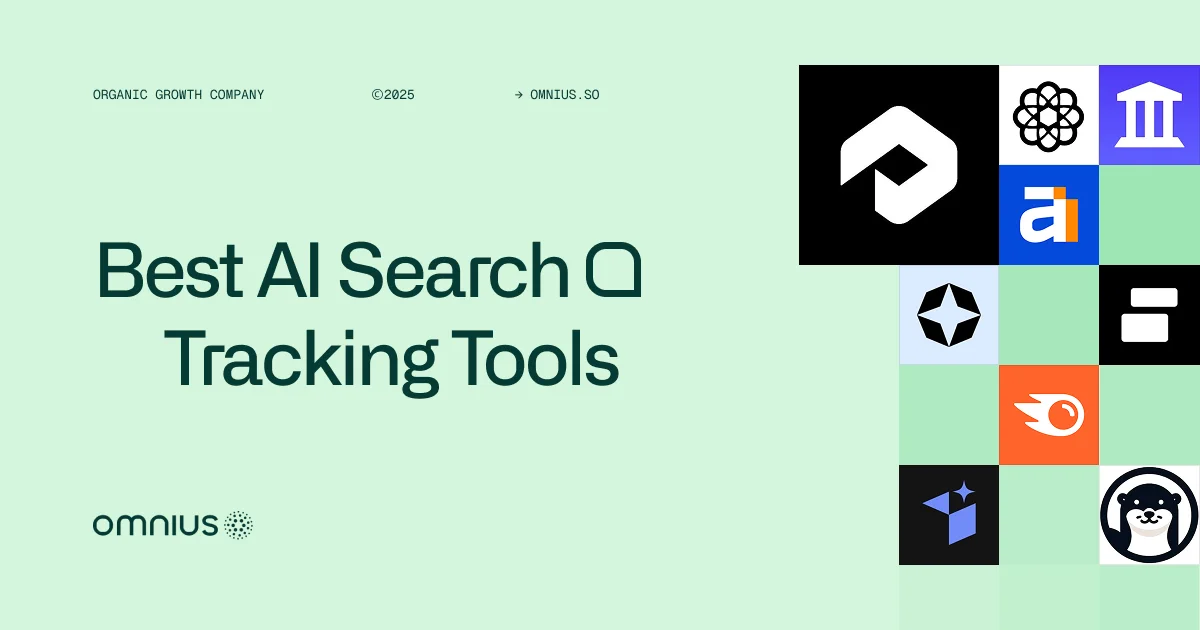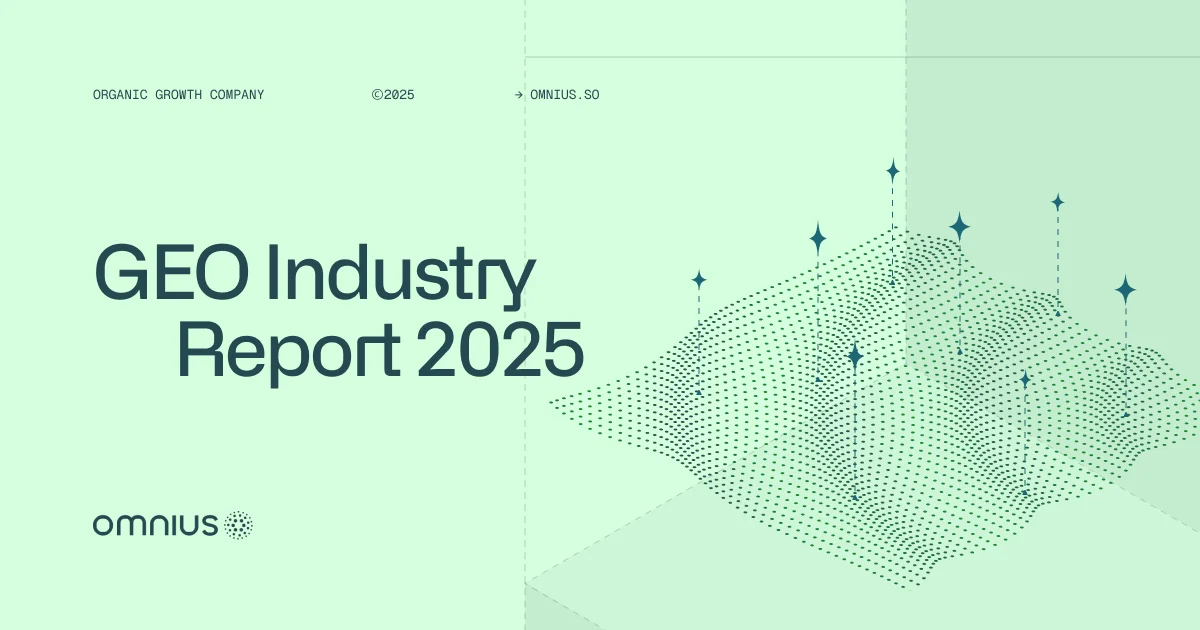Internal linking is the practice of connecting one page of a website to another page within the same domain.
It operates quietly in the background and forms the backbone of website navigation, guiding both users and search engine crawlers through the labyrinth of content.
However, its potential extends far beyond mere navigation facilitation.
In this article, we delve deep into the nuances of SaaS internal linking and unravel its transformative power for SaaS blogs.
Why are internal links important?
Internal links are important for different reasons, but here are the most important ones:
- Enhanced Website Navigation - Internal links create a network of interconnected pages, providing users with a seamless navigation experience within your SaaS blog. This facilitates easier exploration of related topics, improving user engagement and reducing bounce rates.
- Improved SEO Performance - Internal linking distributes link equity (also known as "link juice") throughout your website, boosting the authority of important pages and signaling their significance to search engines. This enhances the overall SEO performance of your SaaS blog, leading to higher rankings in search engine results pages (SERPs).
- Increased Indexation and Crawling - Internal links establish pathways for search engine crawlers to discover and index new content on your website efficiently. By guiding crawlers from one page to another, internal linking ensures that all relevant pages are properly crawled and indexed, maximizing their visibility in search results.
- Enhanced Keyword Relevance - Strategic internal linking allows you to anchor relevant keywords within your content and link them to related pages or posts on your SaaS blog. This reinforces the topical relevance of your content to search engines, improving the likelihood of ranking for target keywords and driving organic traffic to your website.
- Facilitates Content Hierarchy and Organization - Internal links help establish a hierarchical structure within your SaaS blog, guiding users and search engines to understand the relative importance and relationships between different pages and topics. This organization enhances user experience and enables search engines to prioritize and rank your content more effectively.
How to identify internal linking opportunities - Actionable step-by-step guide
1. Audit Existing Content
To audit your existing content and identify potential places for creating high-quality internal links, here are the steps to follow:
1. Review your SaaS blog's existing content inventory.
2. Identify high-performing pages with strong SaaS SEO metrics, such as traffic, ranking, and engagement.

This process not only involves a quantitative assessment of traffic and engagement metrics but also a qualitative evaluation of content relevance and alignment with overall business objectives.
It sets the stage for identifying content gaps and opportunities for improvement.
2. Define Content Goals
Aligning content goals with SEO strategy and business objectives ensures that internal linking efforts are purpose-driven.
It involves prioritizing topics and keywords that resonate with the target audience while supporting broader marketing goals.
So here are the steps to do it:
- Determine the primary keywords and topics you want to target for improved visibility and ranking.
- Establish content goals aligned with your overall SEO strategy and business objectives.
3. Conduct Keyword Research
Keyword research goes beyond identifying keywords; it involves understanding user intent and anticipating the needs of your audience.
How to do it:
- Use keyword research tools to identify relevant keywords and phrases related to your target topics.
- Prioritize keywords with high search volume and low competition to maximize potential impact.
By prioritizing keywords with high search volume and relevance, you're positioning your SaaS blog to address the queries that matter most to your potential customers.
4. Map Content Themes and Topics
Grouping content into thematic clusters fosters coherence and relevance, both for users navigating your site and for search engine crawlers interpreting its content.
So here are the steps to follow:
- Group related content themes and topics based on keyword research and content relevance.
- Identify clusters of content that can be linked together to create thematic content hubs.

This thematic organization forms the foundation for effective internal linking strategies, guiding users along logical pathways of exploration.
5. Analyze Existing Internal Links
Evaluating the internal linking structure not only highlights areas of strength but also reveals potential weaknesses or missed opportunities.
This is up to you:
- Evaluate the current internal linking structure of your SaaS blog.
- Identify pages with high authority and relevance that can serve as strong internal linking hubs.
It enables you to leverage existing high-authority pages as internal linking hubs while identifying pages that may benefit from additional internal links to boost their visibility and authority.
6. Perform Content Gap Analysis
Content gap analysis serves as a roadmap for content creation and optimization efforts.
Here’s what you should do with it:
- Identify gaps in your existing content coverage based on keyword research and content themes.
- Determine areas where additional content creation or optimization is needed to fill these gaps.
By identifying areas where your SaaS blog's content coverage is lacking, you can prioritize topics for future development and ensure comprehensive coverage of relevant keywords and themes.
7. Explore Anchor Text Opportunities
To create relevant and high-performing internal links, here are the steps to follow:
- Identify relevant anchor text phrases within your content that can be linked to other related pages.
- Ensure that anchor text is descriptive and contextually relevant to improve user experience and SEO.

8. Utilize Tools for Insights
SEO tools provide invaluable insights into internal linking opportunities, site structure, and performance metrics.
By leveraging these tools, you can gain a deeper understanding of your SaaS blog's strengths and weaknesses, guiding strategic decision-making and optimization efforts.
Leverage SEO tools such as Google Search Console, SEMrush, or Ahrefs to gain insights into internal linking opportunities, crawl errors, and site structure.
Analyze internal linking patterns and opportunities suggested by these tools to enhance your strategy.
9. Plan Internal Linking Strategy
Developing a strategic internal linking plan with a SaaS SEO agency involves balancing the distribution of link equity, thematic relevance, and user experience considerations.
It's about creating a roadmap that guides users through your content ecosystem while signaling to search engines the importance and interconnectedness of your pages.
Monitor and Iterate:
Here’s how to do it:
1. Develop a strategic internal linking plan based on your findings, focusing on linking high-authority pages to relevant, lower-ranking pages.
2. Create a roadmap for implementing internal links across your SaaS blog, prioritizing pages based on their SEO potential and thematic relevance.

Internal Linking Checklist
This internal linking checklist can help you keep your internal linking strategy on a high level:
- [ ] Include at least 10 internal links to other relevant pages/blog posts(Do not take contact us, signup, homepage and pricing page into this number)
- [ ] Make sure the URL within the internal link is HTTPS, not HTTP
- [ ] Include proper anchor text
- [ ] Don’t use the same anchor text for two different pages - This confuses Google.**
For example, let’s say you have two pages on your site.
One is about grain-free chocolate chip cookies. And the other is about low-carb chocolate chip cookies.

Well, you wouldn’t want to link to both pages with the same anchor text:

When Google sees that, they think that both pages are on the exact same topic.
Instead, use different, descriptive anchor text for each page:

- [ ] Put Links High Up On Your Page - when you put internal links high up on your page, it gives people something to click on right away. Which means they’ll spend more time on your site.
- [ ] Put the most important link in your cluster to be the first link on your page/article - Yes, many of your internal links will point from page A to page B. But you also want to link your pages together into categories.

We can use /topic/workflows as the main hub(it’s usually a guide about the topic - the one that targets [seed keyword] where we touch on a number of high-level aspects of sales workflows and then link out to the following:
- /blog/sales-worflows-101
- /blog/5-examples-sales-workflows
- /guides/sales-workflow-playbook
- /resources/sales-workflow-templates
- /features/workflows
- /blog/ab-test-workflows
Here we can see that it is less about taxonomy and more about the topic. By creating this hub and speaking of pages all interlinking, we can create an easy way for crawlers to associate all of this content with the same topic.
- [ ] Avoid link stuffing - Do not insert too many links in a small section of text. This can appear spammy to both users and search engines.
Understand how internal links work
The way Google ranks pages is that each page is assigned an authority score, and with each link, some of that authority would get distributed.
Good examples of internal links:

That anchor text helps users AND Google understand that the page I’m linking to is about “[Mobile SEO](https://backlinko.com/mobile-seo-guide).”
That said, it looks spammy if all of your anchor text is exactly the same.
So, to stay on the safe side, ensure to mix up your internal link anchor text quite a bit:

Optimize your Internal Linking Strategy for Better Performance
The potential of internal linking as a catalyst for a rapid ranking boost of your SaaS blog cannot be overstated.
By strategically weaving a web of interconnected pages, internal linking enhances website navigation, amplifies SEO performance, and facilitates content organization—all crucial components for climbing the ranks of search engine results.
Embracing the power of internal linking is not merely a strategy.
It's a dynamic force that empowers SaaS blogs to soar to new heights of visibility, authority, and success.
Interested in taking new heights with the power of strategical internal linking?
Schedule a free call with us and let’s take your SEO strategy to another level and use the full potential of internal linking!









.png)

.svg)








.svg)













.png)

.png)


